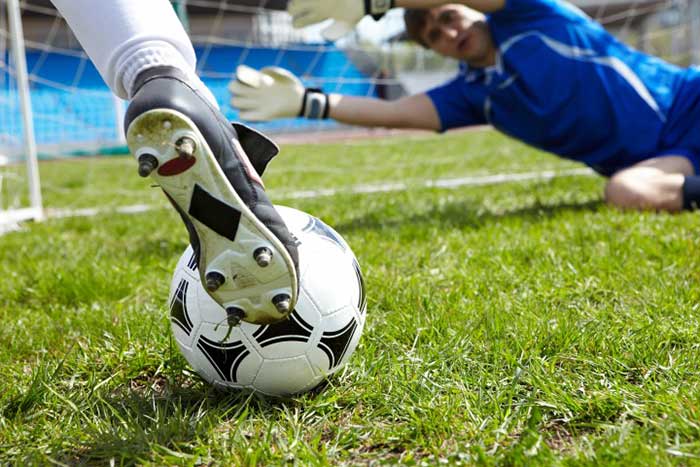Steps to Prevent Facial Injuries

A severe facial injury, such as a broken jaw, can necessitate a trip to the oral surgeon, so patients who hope to avoid such an invasive treatment may take certain steps to reduce their risk of facial trauma.
Facial injury prevention can begin in the home, as falls can cause broken bones or other facial trauma that may need to be repaired by an oral surgeon. Be sure to keep open pathways in your home, and take a few minutes every day to pick up any tripping hazards, like toys that are strewn on the floor. Loose carpeting can also cause trouble, so do a quick walk-through of your home to see if any of your area rugs need to be secured better. Use your common sense when identifying other potential fall hazards in your home, like stairs in disrepair or loose railings.
Car accidents are another common cause of severe facial injuries, so steps as simple as driving cautiously, wearing a seatbelt and eliminating distractions can also reduce your risk of facial trauma. Drivers also should never operate motor vehicles while under the influence of alcohol or drugs.
Facial trauma can also result from athletic endeavors, especially when contact sports are involved. Wear the recommended protective equipment, like custom-fitted mouthguards (and see your dentist if you need one of these devices). If a helmet is recommended for your sport, such as cycling, skateboarding, skiing, and other similar sports, be sure to wear one of those, too.
Other safety equipment, such as face shields, can offer a level of protection against certain facial injuries as well. The need for this tends to be more specialized-such as when using power tools for home renovations-but if you feel that you’re engaging in any activity that presents a potential risk, you can ask your dentist for suggestions on how to cut that risk.
Depending on the extent of the injury, treatment following facial trauma can involve extensive surgery to repair broken bones and/or soft tissue injuries. Be sure to take recommended precautions to decrease your chances of suffering a facial injury.
